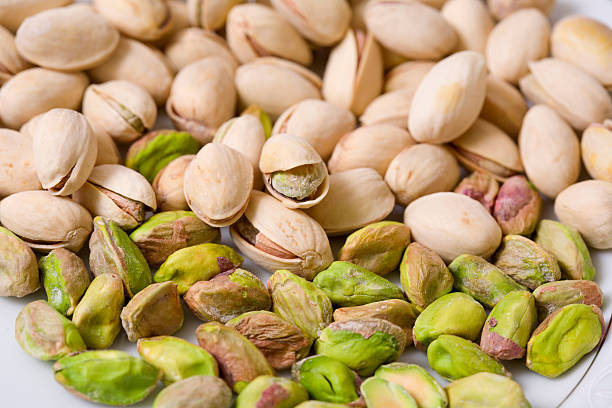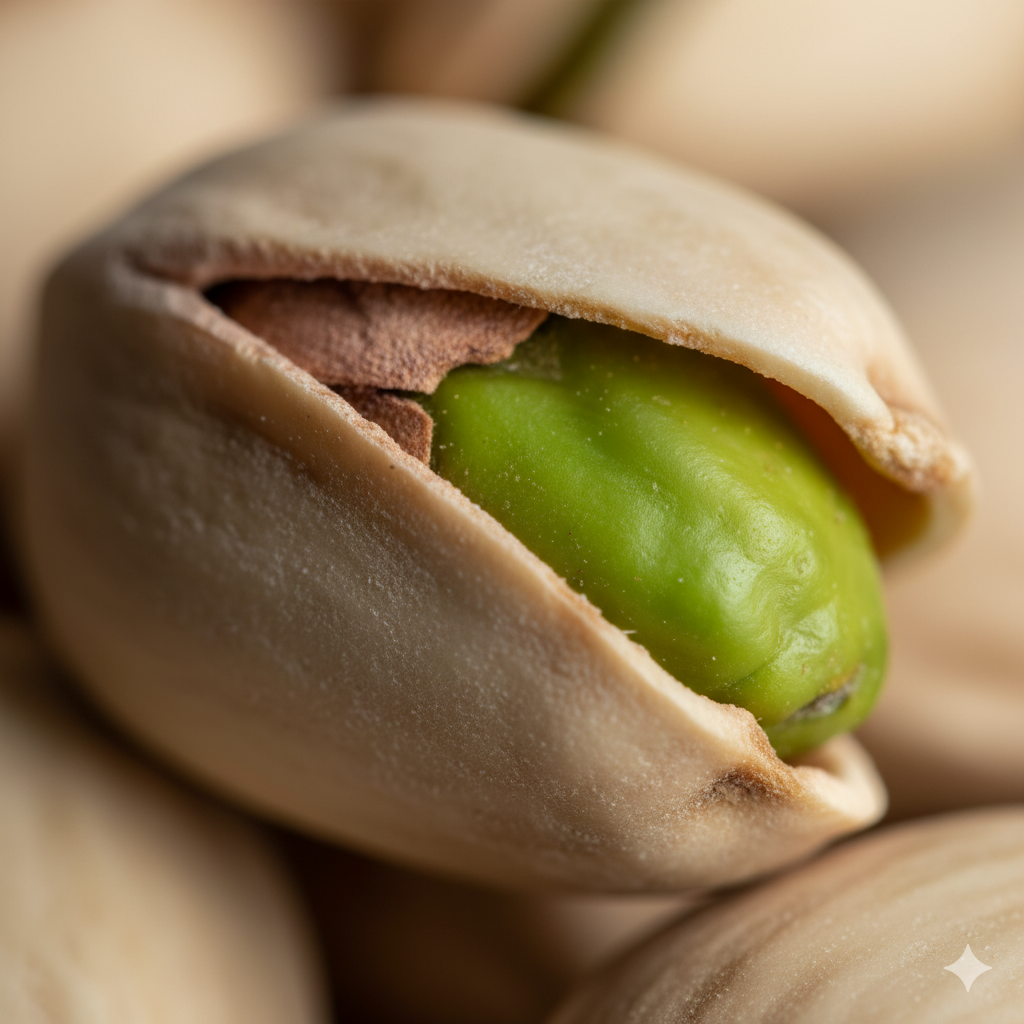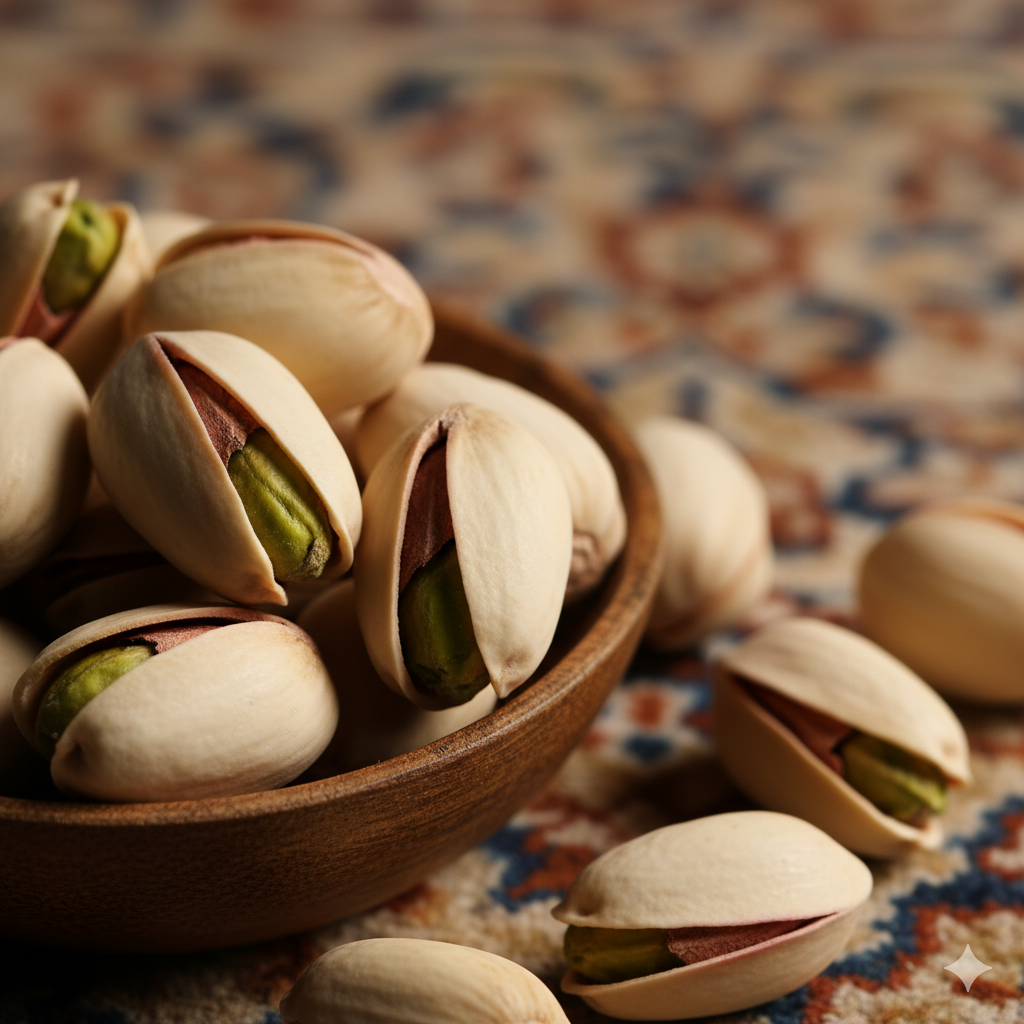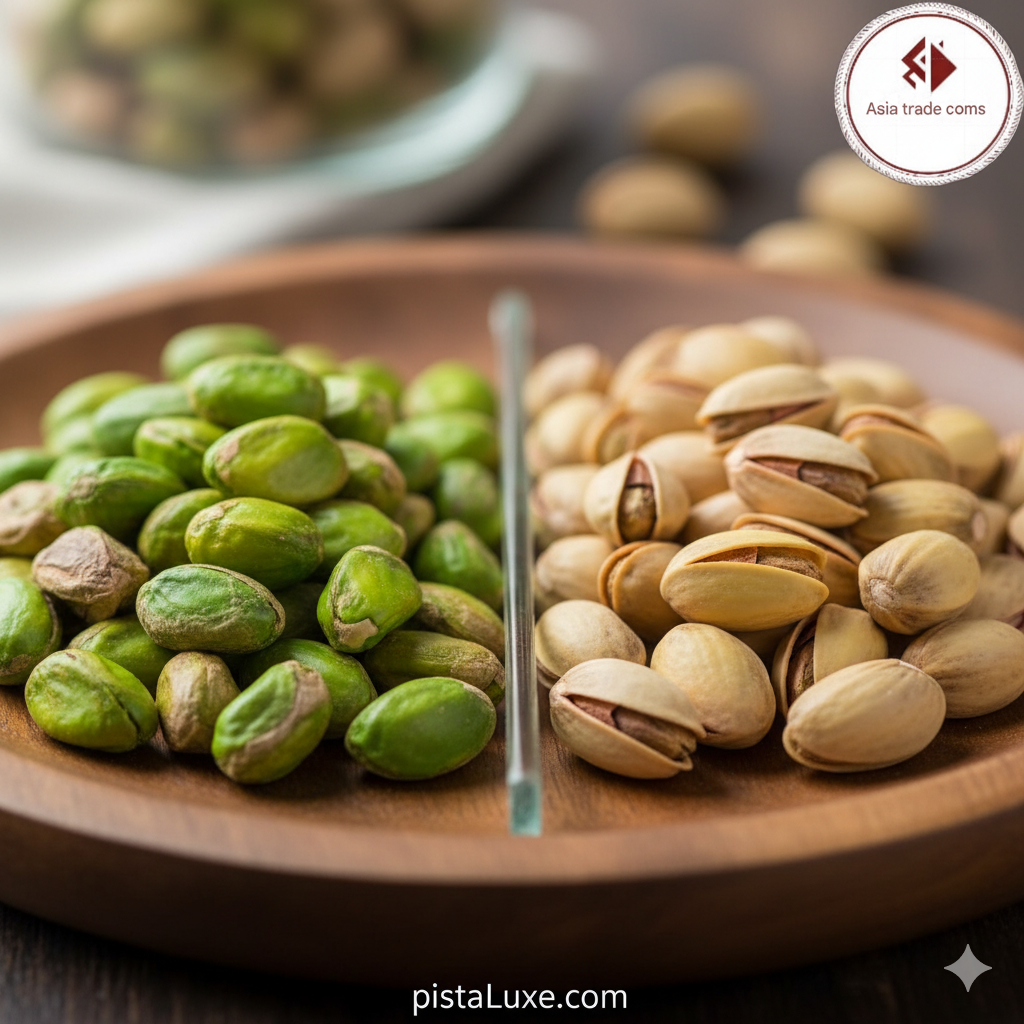
Introduction
Pistachios are more than a tasty snack; they are a nutrient-dense food with a blend of healthy fats, protein, fiber, vitamins, and minerals. This article reviews the scientifically supported health benefits of pistachios, explains how much to eat for different goals, and offers practical, easy-to-implement ways to incorporate pistachios into daily meals and snacks. All content is written with an eye toward SEO considerations to help health-focused readers discover reliable information.
Why Pistachios Stand Out
- Nutrient-dense profile: Pistachios deliver a balance of monounsaturated and polyunsaturated fats, plant-based protein, fiber, potassium, magnesium, and phosphorus.
- Antioxidant content: Carotenoids (such as lutein) and polyphenols contribute to antioxidant defenses.
- Bioactive compounds: Phytosterols and other micronutrients may support cardiovascular and metabolic health.
- Moderate caloric density with satiety: A typical serving provides energy with a satisfying feel, helping with appetite regulation when consumed mindfully.
Health Benefits in Focus
- Cardiovascular health: Regular, mindful pistachio intake has been associated with favorable lipid profiles (lower LDL cholesterol, higher HDL cholesterol) and better endothelial function in multiple studies.
- Glycemic response: The combination of healthy fats, fiber, and protein can blunt post-meal glucose spikes for many individuals.
- Weight management and satiety: While energy-dense, pistachios can promote fullness, potentially aiding weight control when used as part of a balanced diet.
- Eye health and micronutrients: Lutein and zeaxanthin contribute to eye health, while minerals support overall metabolic function.
- Gut microbiota effects: Dietary fiber supports a diverse gut microbiome, with potential downstream benefits for metabolism.

How Much Should You Eat?
- General serving size: About 1 ounce (28 grams), roughly a small handful, typically providing around 160–170 calories, ~6 g protein, ~3 g fiber, and healthy fats.
- Daily targets by goal:
- Heart-healthy guidance: 1–1.5 ounces per day (28–42 grams).
- Higher protein needs or active lifestyles: up to 1.5–2 ounces per day, aligned with total energy requirements.
- Weight management: 0.5–1 ounce per day as a snack or meal addition, ensuring caloric balance.
- Special considerations:
- Calorie awareness: Nuts are energy-dense; portion control is important.
- Sodium levels: Choose unsalted or lightly salted varieties to minimize sodium intake.
- Allergies: Pistachio allergies exist; those with tree-nut allergies should avoid or consult a professional.
Practical Ways to Include Pistachios
- Smart snacking: A single serving on its own or paired with fruit or yogurt.
- Meal-enhancers:
- Sprinkle crushed pistachios on salads, oats, or grain bowls.
- Mix chopped pistachios into yogurt, smoothies, or homemade granola.
- Culinary versatility:
- Pistachio-crusted proteins or vegetables.
- Pistachio butter as a spread or in dressings.
- Pistachios blended into sauces or pestos for a nutty depth.
- Storage and freshness: Keep in an airtight container in a cool, dry place; refrigerate to extend freshness, particularly for flavored or salted varieties.
Practical Tips for Portion Control and Routine
- Portion-tracking: Use a small kitchen scale or measuring spoons to ensure accuracy when trying pistachios for the first time.
- Meal timing ideas: Include pistachios as a mid-morning or afternoon snack, or as a crunchy topping for yogurt bowls.
- Occasional indulgence without overdoing: If you eat pistachios with added salt or oil, adjust other meals to maintain daily energy and sodium targets.
Safety Considerations
- Allergies: Pistachios are a tree-nut allergy risk; individuals with nut or tree-nut allergies should avoid them and seek professional guidance if exposure occurs.
- Sodium and additives: Prioritize plain, unsalted pistachios; limit highly salted or flavored varieties if sodium intake is a concern.
- Digestive tolerance: Nuts can cause bloating or discomfort in some individuals if consumed in large quantities; start with smaller portions and increase gradually.
Final Takeaway
Pistachios offer a balanced profile of fats, protein, and fiber that can support heart health, glycemic control, and satiety when consumed in appropriate portions. By following practical portion guidelines and incorporating pistachios into meals and snacks creatively, readers can enjoy their benefits as part of a sustainable, enjoyable eating pattern.
To order or get advice on pistachio and dried fruit varieties, contact our team via our official WhatsApp. Our support team is ready to answer your questions and can help you choose the right pistachio and dried fruit. WhatsApp number 009890214773705





